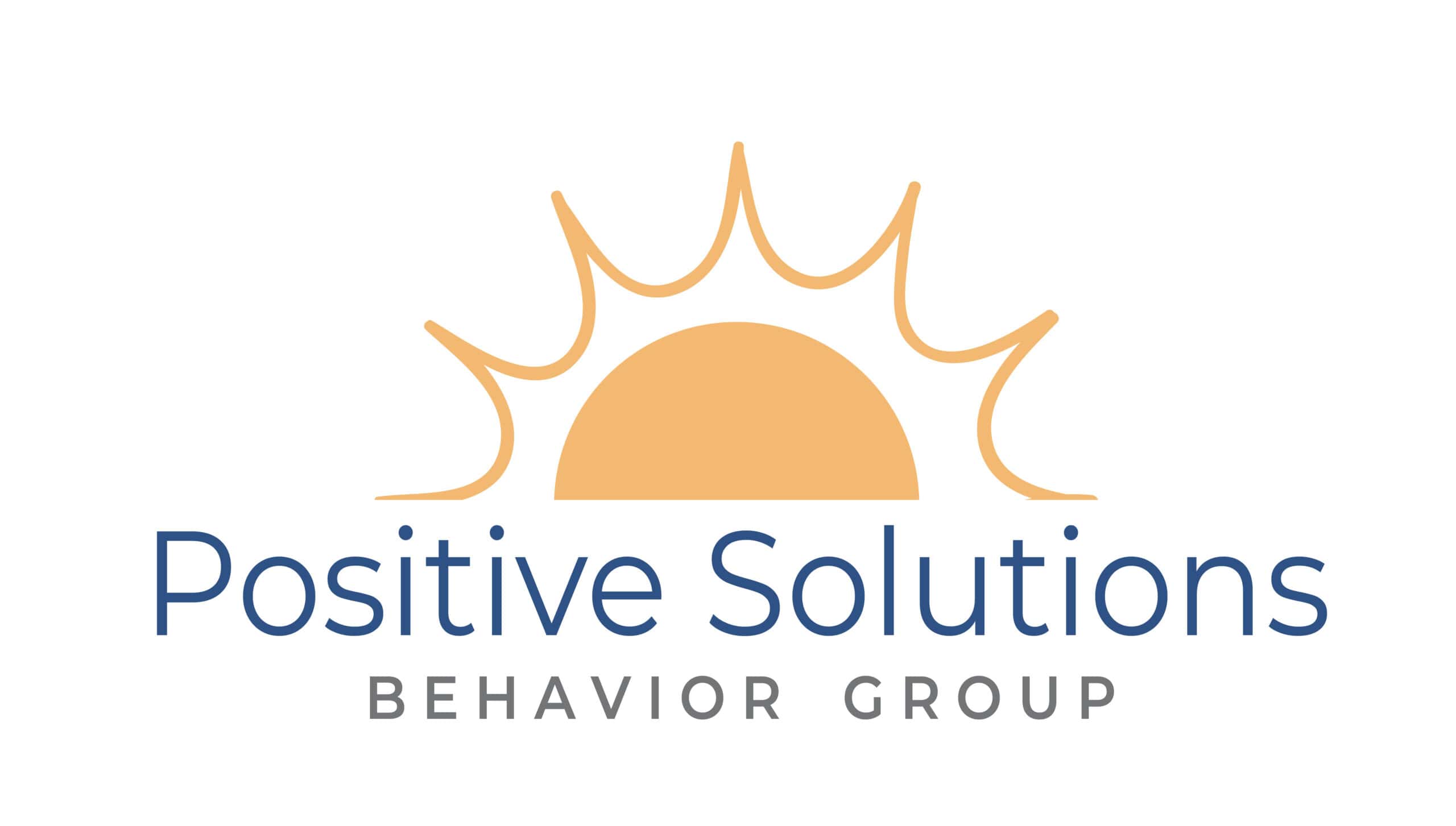Welcome to our latest exploration: “Breaking Down the Components of Behavior Supports.” Understanding human behavior is complex and multifaceted, but with the right strategies in place, it can be effectively managed and supported. In this insightful journey, we delve into the various components that comprise behavior supports, shedding light on their significance and interplay in fostering positive outcomes.
Behavior supports encompass a diverse array of techniques, ranging from environmental modifications to individualized interventions tailored to specific needs. By dissecting each element, we aim to provide clarity and actionable insights for educators, caregivers, and professionals working in diverse settings, from schools to healthcare facilities.
Join us as we unravel the intricacies of behavior support, exploring the roles of reinforcement, communication strategies, and environmental structuring in shaping behavior. Whether you’re a seasoned practitioner or new to the field, this exploration promises to deepen your understanding and equip you with practical tools to promote positive behavior and enhance quality of life.
Positive Reinforcement Techniques in Behavior Supports
- Understanding Positive Reinforcement: Positive reinforcement involves providing a reward or positive consequence immediately following a desired behavior, increasing the likelihood of that behavior occurring again in the future. Rewards can vary from tangible items, such as stickers or tokens, to intangible rewards like praise, recognition, or privileges.
- Identifying Effective Rewards: The effectiveness of positive reinforcement relies on selecting rewards that are meaningful and motivating to the individual. Understanding each person’s preferences, interests, and values helps in choosing appropriate rewards that reinforce positive behaviors. Personalized rewards ensure that individuals are motivated to engage in desired behaviors consistently.
- Consistency and Timeliness: Consistency and timeliness are crucial aspects of positive reinforcement. Rewards should be delivered promptly following the desired behavior to strengthen the association between the behavior and the reward. Consistent reinforcement ensures that individuals understand the connection between their actions and the positive outcomes, reinforcing the behavior over time.
- Shaping Behavior: Positive reinforcement can be used to shape complex behaviors by reinforcing successive approximations of the desired behavior. Breaking down larger tasks into smaller, achievable steps allows individuals to experience success incrementally, reinforcing their efforts and progress along the way. Gradually increasing expectations and rewards encourages continued growth and development.
Positive reinforcement techniques are integral to behavior supports, offering a proactive and empowering approach to promoting desirable behaviors.
The Role of Environment in Behavior Supports
Creating environments conducive to positive behavior is foundational to effective behavior supports across diverse settings, from schools to workplaces and beyond. The environment encompasses physical, social, and emotional aspects that influence behavior. Understanding how to optimize these environments is essential for promoting desirable behaviors and minimizing challenging ones. In this article, we explore the multifaceted role of the environment in behavior supports and strategies for shaping environments to foster positive outcomes.
The Impact of Environment on Behavior
The environment significantly impacts behavior by shaping individuals’ perceptions, attitudes, and interactions. A well-designed environment can enhance feelings of safety, belonging, and engagement, while a chaotic or unwelcoming environment may lead to stress, disengagement, and disruptive behaviors. Factors such as lighting, noise levels, seating arrangements, and overall aesthetics all contribute to the atmosphere and can influence behavior positively or negatively.
Optimizing Physical Spaces
In educational settings, classroom layout and design play a crucial role in behavior management and learning outcomes. Flexible seating arrangements that accommodate different learning styles and preferences can promote student engagement and collaboration. Clear signage, designated areas for specific activities, and organization systems help maintain order and reduce confusion. Additionally, incorporating elements of nature, such as plants or natural light, can have a calming effect and improve overall well-being.
Social Dynamics and Peer Interactions
Social interactions within the environment also influence behavior. Positive relationships with peers and adults contribute to a sense of belonging and connectedness, fostering prosocial behaviors. Conversely, environments characterized by conflict, bullying, or social exclusion can exacerbate behavioral challenges. Implementing strategies to promote positive peer relationships, such as cooperative learning activities, peer mentoring programs, and restorative practices, can create a supportive social climate conducive to positive behavior.
Emotional Climate and Supportive Practices
The emotional climate of the environment significantly impacts behavior and well-being. Cultivating a culture of empathy, respect, and understanding fosters emotional regulation and positive interpersonal interactions. Providing opportunities for emotional expression, such as through mindfulness activities, reflection journals, or counseling services, supports individuals in managing their emotions constructively. Additionally, implementing trauma-informed practices and recognizing the impact of adverse experiences on behavior is essential for creating a safe and supportive environment for all.
Strategies for Environmental Modification
Modifying the environment to support positive behavior involves identifying triggers, removing barriers, and proactively addressing potential challenges. Conducting environmental assessments to identify areas for improvement and soliciting input from stakeholders ensures that interventions are tailored to the specific needs of the individuals or groups involved. Implementing visual supports, such as schedules, reminders, and behavior charts, enhances predictability and clarity, reducing anxiety and promoting self-regulation. Creating designated spaces for relaxation or sensory breaks provides opportunities for individuals to recharge and manage sensory overload effectively.
Behavior Support Plans: Crafting Tailored Strategies
Behavior support plans (BSPs) are instrumental in addressing challenging behaviors and fostering positive outcomes for individuals across diverse settings, including schools, workplaces, and community environments. A well-designed BSP provides a structured framework for understanding, preventing, and responding to behaviors that may impede an individual’s social, emotional, or academic success. In this comprehensive guide, we will explore the essential components of behavior support plans and delve into the process of crafting tailored strategies to meet the unique needs of each individual.
Functional Behavior Assessment (FBA)
The FBA serves as the foundation of the BSP, aiming to understand the function or purpose of the behavior. Through observation, interviews, and data collection, professionals identify the antecedents (triggers) and consequences of the behavior, leading to a deeper understanding of the individual’s needs and motivations.
Clear and Measurable Goals
A well-crafted BSP includes clear and measurable goals that outline the desired behavioral outcomes. These goals should be specific, achievable, relevant, and time-bound (SMART), providing a roadmap for tracking progress and evaluating the effectiveness of interventions.
Positive Behavior Strategies
Central to the BSP are proactive strategies aimed at reinforcing positive behaviors and teaching alternative skills. This may include teaching social-emotional skills, implementing structured routines, modifying the environment, and providing positive reinforcement such as praise, rewards, or privileges.
Crisis Prevention and Intervention
In addition to proactive strategies, the BSP should outline procedures for responding to crisis situations safely and effectively. This may involve de-escalation techniques, calming strategies, and protocols for involving additional support or emergency services when necessary.
Collaborative Implementation Plan
Successful implementation of the BSP requires collaboration among all stakeholders involved in the individual’s life. This includes educators, parents, therapists, and other relevant professionals working together to ensure consistency, communication, and support across home, school, and community settings.
Conclusion
Positive Solutions Behavior Group LLC, we take pride in our comprehensive understanding and implementation of behavior supports. Through our dedication and expertise, we have successfully broken down the intricate components of behavior support to provide effective strategies for individuals in Florence, Kentucky, and beyond. By prioritizing evidence-based practices and personalized approaches, we strive to empower individuals to achieve their fullest potential while fostering a supportive environment conducive to growth and development. Contact us at 859-282-0400 to embark on a journey towards positive behavioral change.






